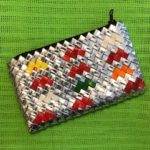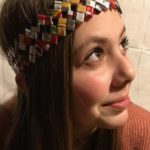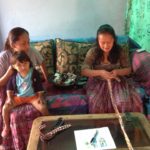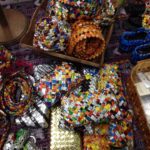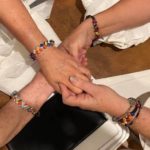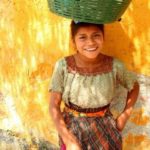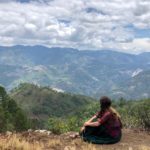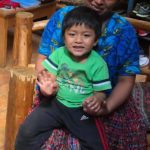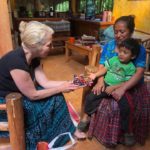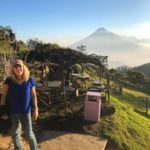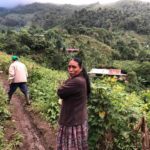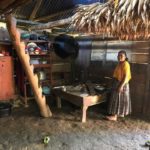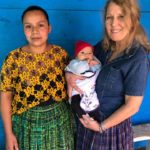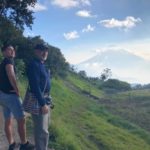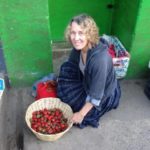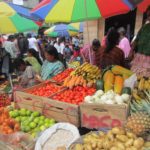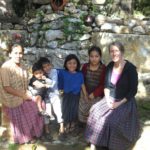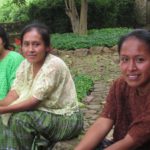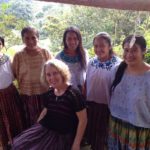EcoLink | Ingenious goes Indigenous...
1. Collect trash.
Ecolink products are made from the metallicized paper that many snack foods are sold in. When a Pokomchi artisan needs more raw material, she sends the kids out onto the village paths to gather what's been tossed there by people who just bought chips or cookies at the nearby "tienda."
2. Scrub clean.
Metallicized paper is completely water-proof and has to be for the splashing, scrubbing, and washing-behind-the-ears it gets before transformation into an ecolink product.
3. Cut to size.
The magic transforming trash into treasure starts happening here. Each clean, dry bag is cut to size with a cardboard template...
4. Fold and link.
...then folded multiple times, and precisely linked to form colorful chains of paper.
5. Thread together.
Using strong nylon thread, the artisan joins the chains invisibly, being careful not to damage the paper in any way.
6. Admire result.
After the chains have been securely joined with thread, install a zipper or a buckle or french hooks to create the finished product.
Did you know?
Approximately 39% of the Guatemalan population is indigenous. These people are descendants of the ancient Mayan civilization, and still speak over 25 different Mayan languages, including Pokomchi, Kekchi, Cakchiquel, Quiche, and Mam.
More than 75% of Guatemala's indigenous population live in "extreme poverty," but that's only financial. If you rate the beauty of the natural landscape they call home, it's us city dwellers who live in "extreme poverty."
Approximately 30% of all indigenous adults in Guatemala over the age of 15 cannot read or write, but they can wield a machete better and carry a heavy load further than 99% of those who quote this statistic.

